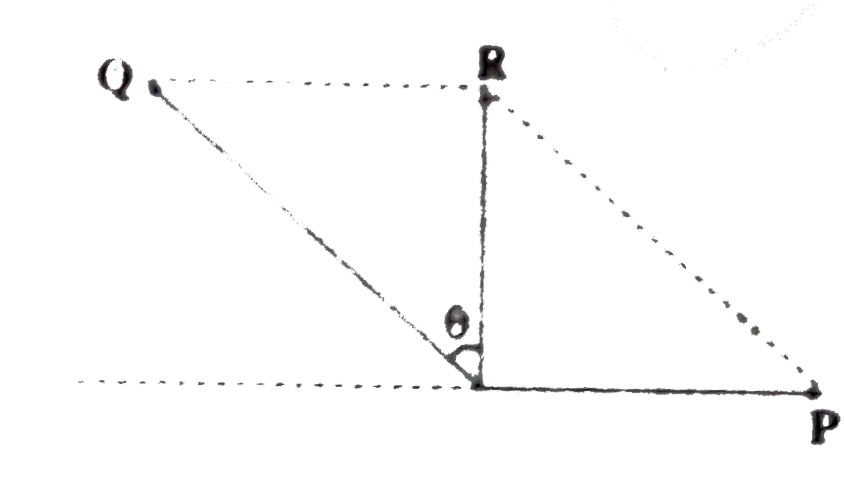The resultant R of vector P andQ is perpendicular to P and R=P both , then angle betwwen is
A
B
C
D
All of these
Video Solution
Text Solution
The correct Answer is:B
(b ) We have ,Q
and Q

Dividing these two equatin we get ,
Angle between P and Q is
|
Topper's Solved these Questions
Similar Questions
Knowledge Check
The resultant R of vector P andQ is perpendicular to P and R=P both , then angle betwwen |P|and|Q|is
A5π4B7π4Cπ4D3π4The resultant →Pand→Q is perpendicular to →P. What is the angle between →Pand→Q?
Acos−1(P/Q)Bcos−1(−P/Q)Csin−1(P/Q)Dsin−1(−P/Q)If P+Q=Rand|P|=|Q|=√3and|R|==3, then the angle between P and Q is
Aπ/4Bπ/6Cπ/3Dπ/2
The resultant of two vectors →P and →Q is →R. If the magnitude of →Q is doubled, the new resultant vector becomes perpendicular to →P. Then, the magnitude of →R is equal to
View SolutionChoose the incorrect option.
The two vectors →Pand(Q) are drawn from a common point and →R=(P)+(Q), then angle between (P)and(Q) is
View SolutionThe resultant of two forces P and Q is at right angles to P, the resultant of P and Q' acting at the same angle is at right angles to Q'. P is
View SolutionThe resultant of two vectors →P and →Q is →R. If →Q is doubled then the new resultant vector is perpendicular to →P. Then magnitude of →R is :-
View SolutionGiven that P 12, Q = 5 and R = 13 also P+Q=R, then the angle between P and Q will be
View Solution
